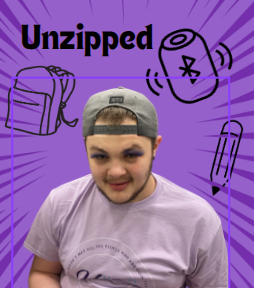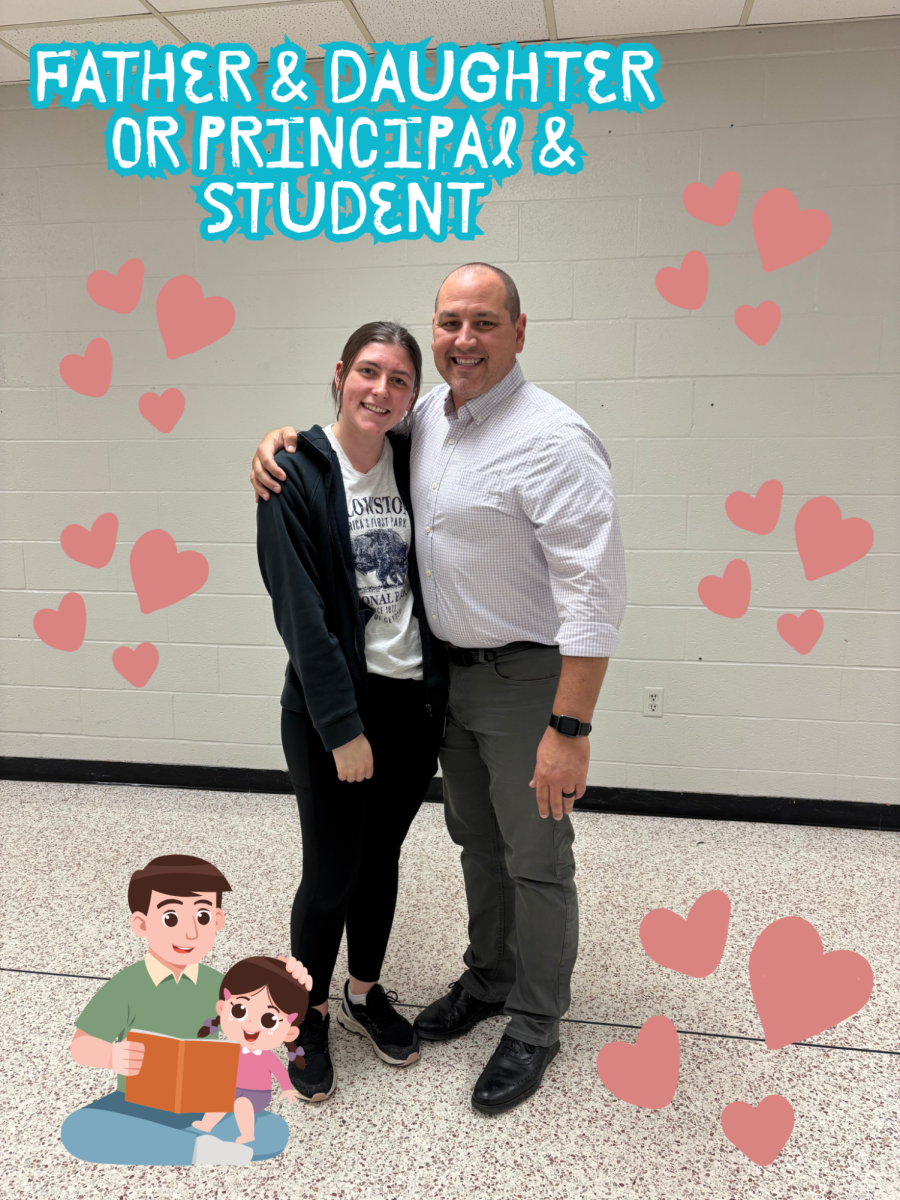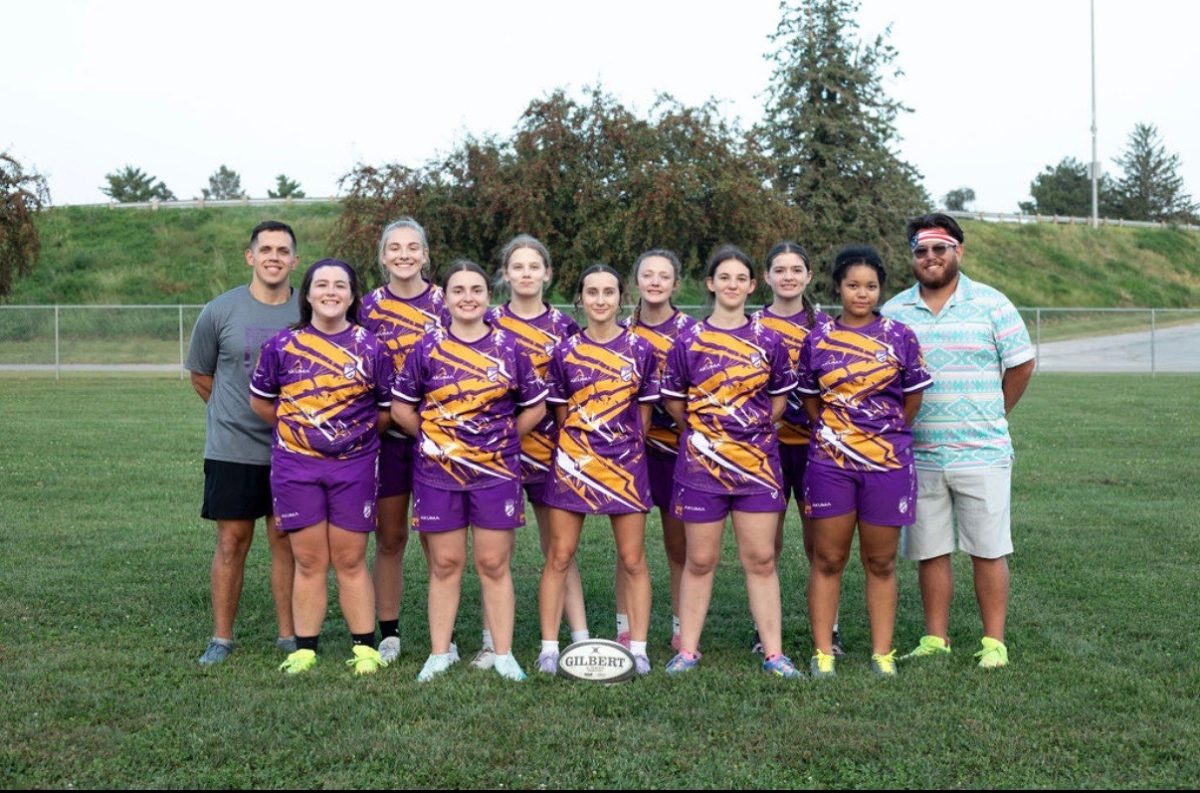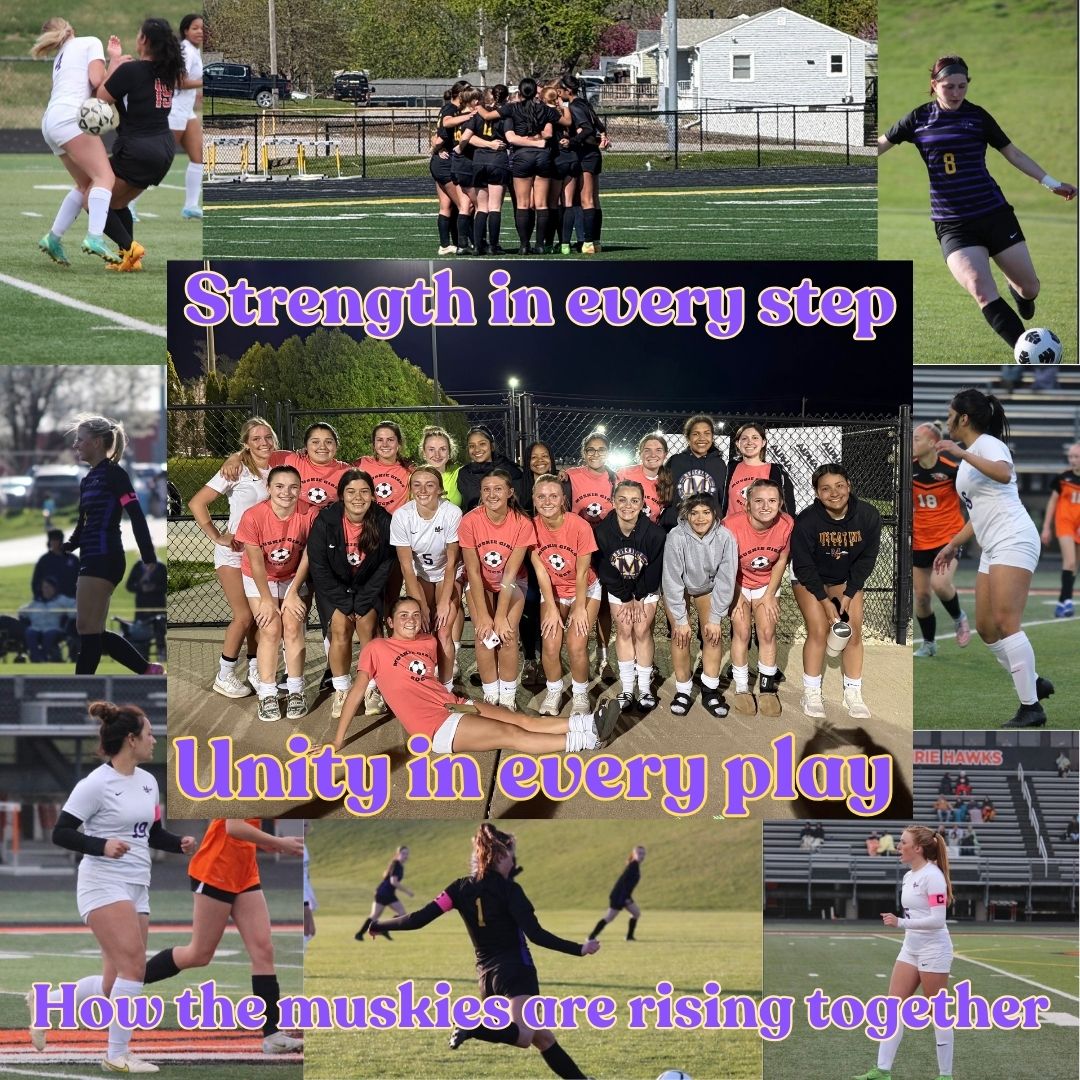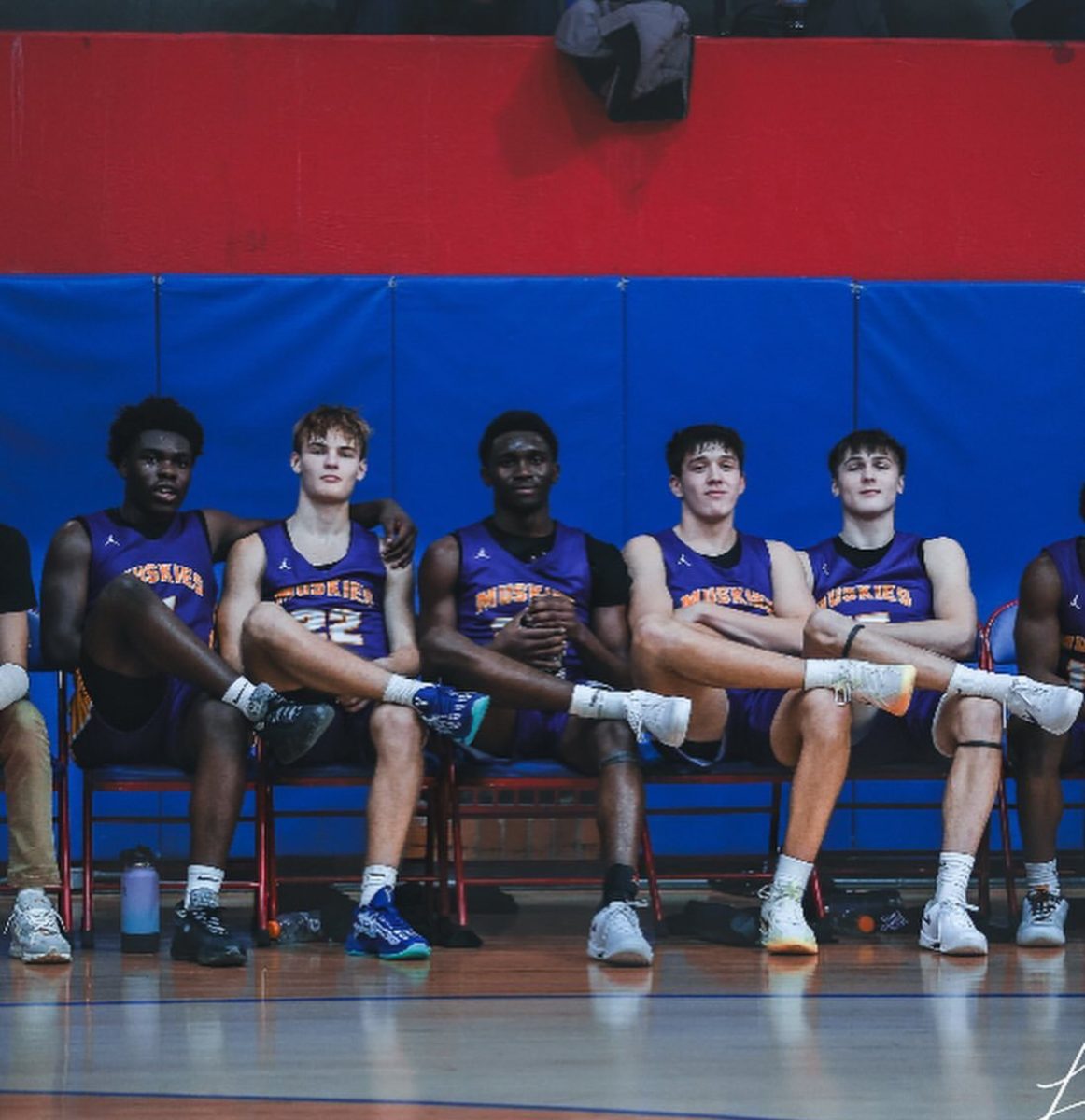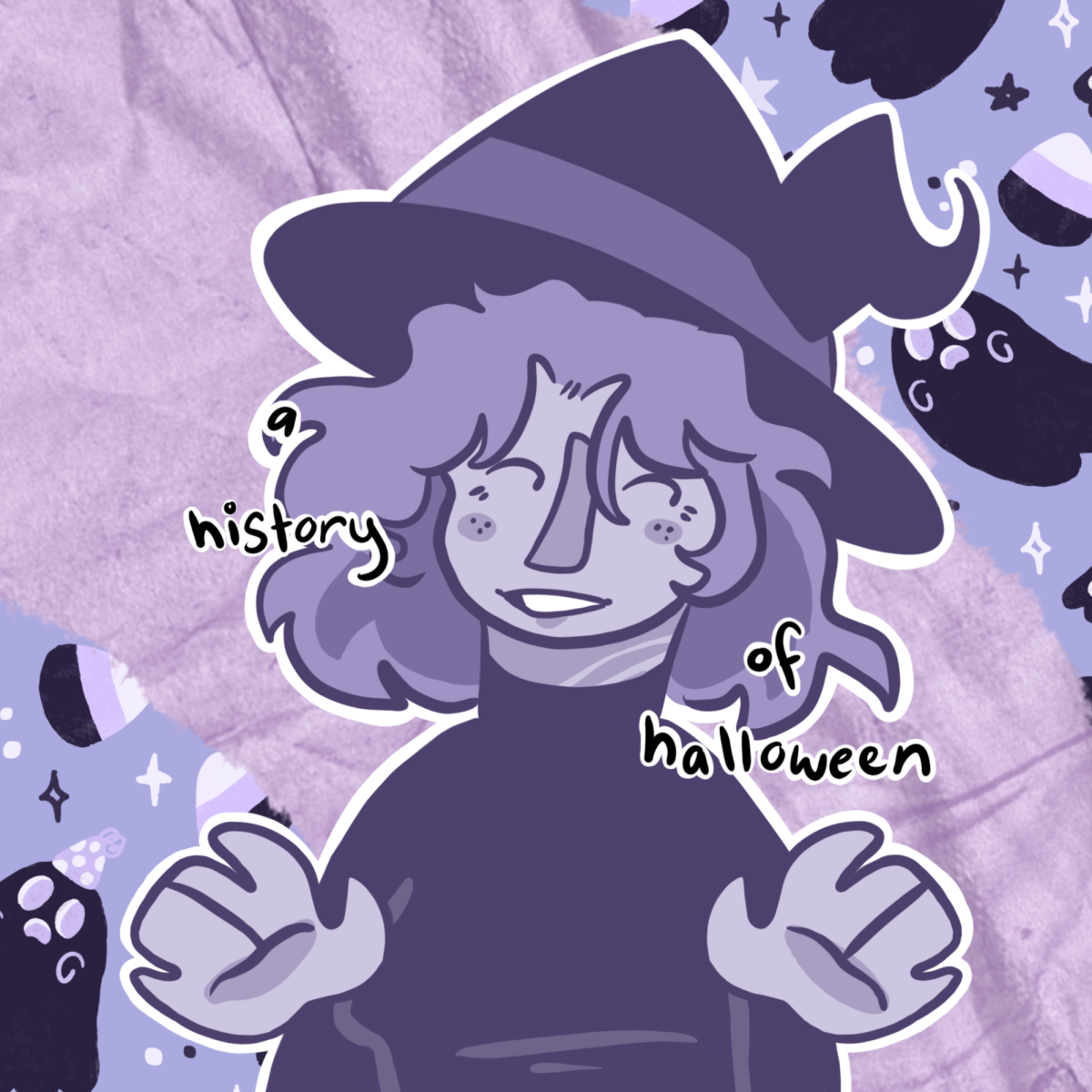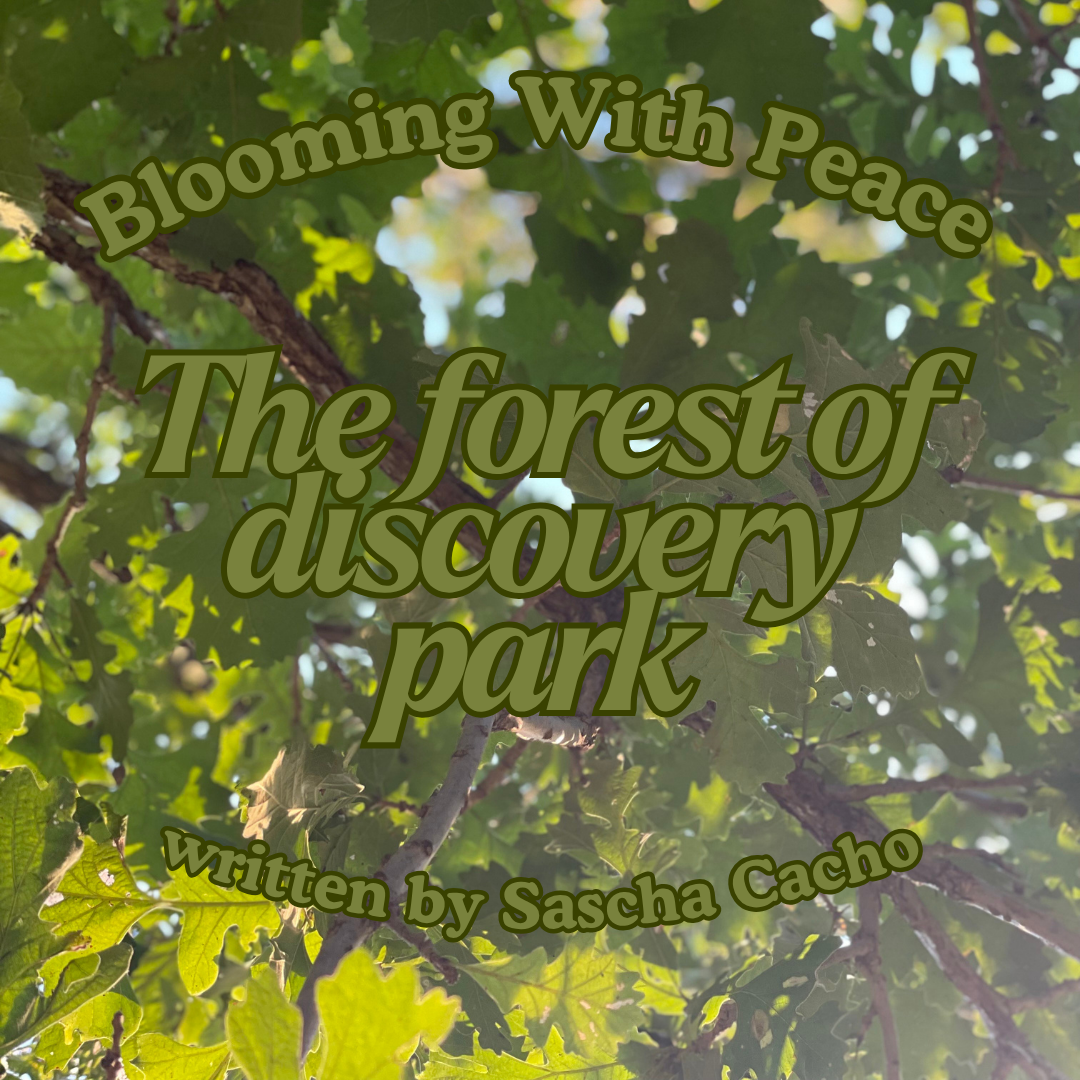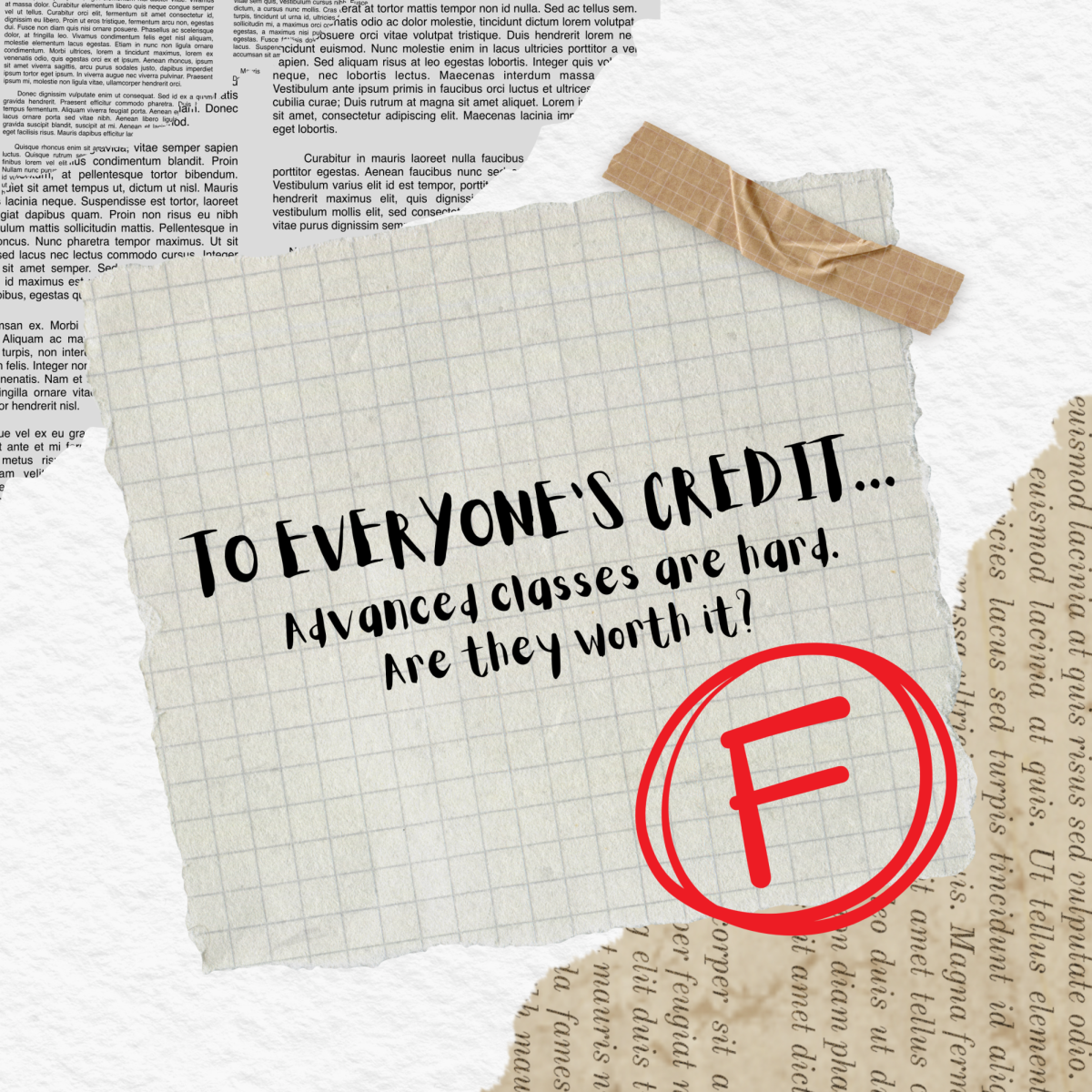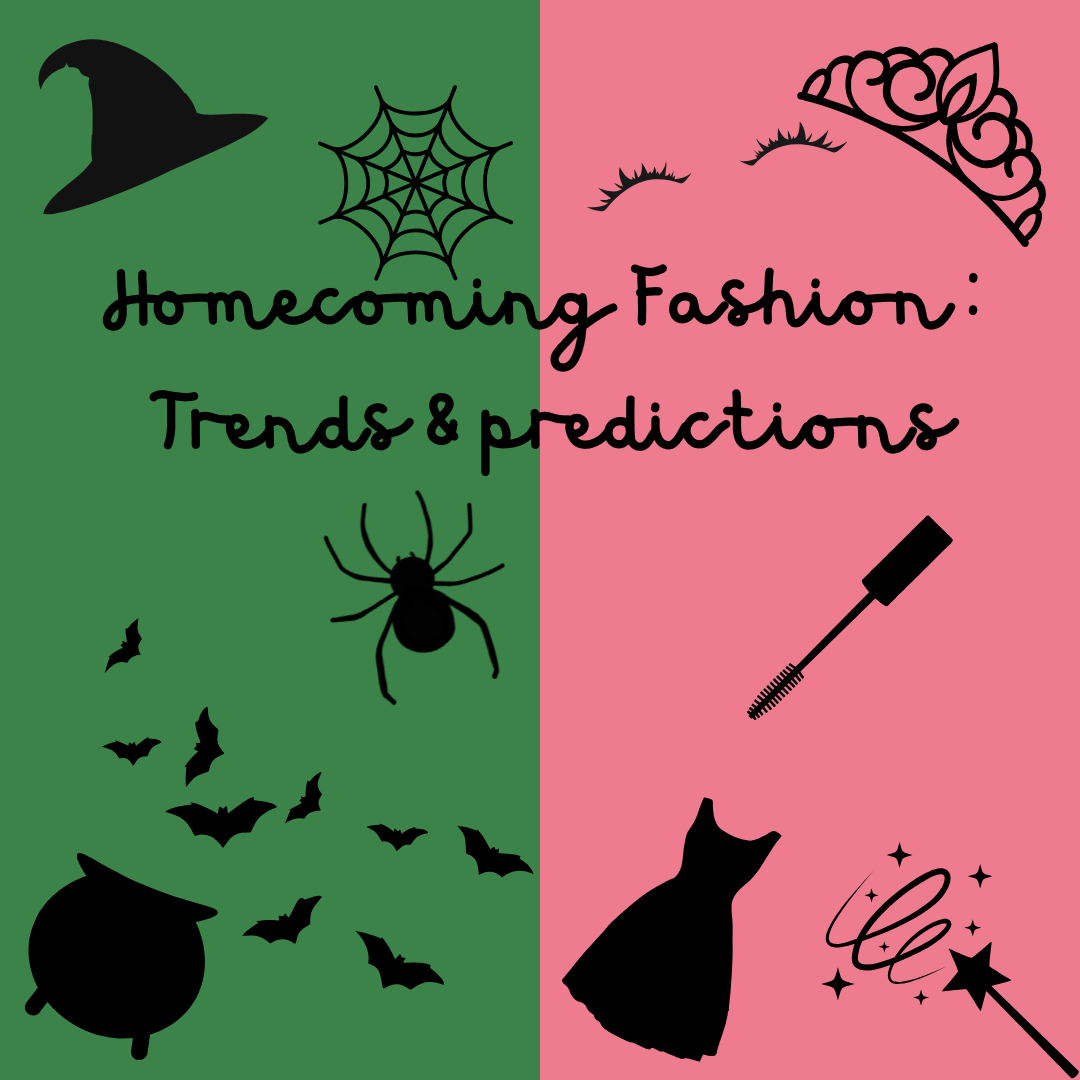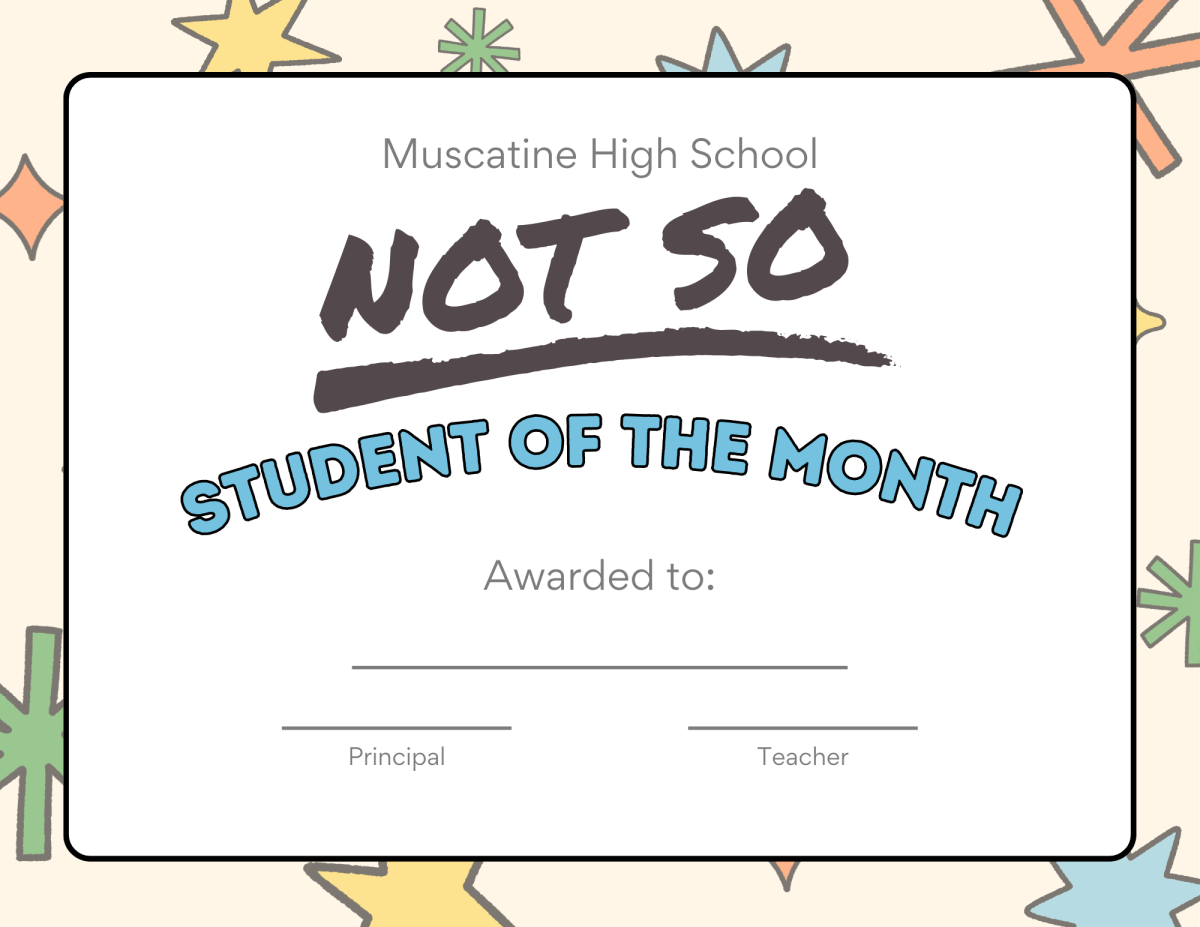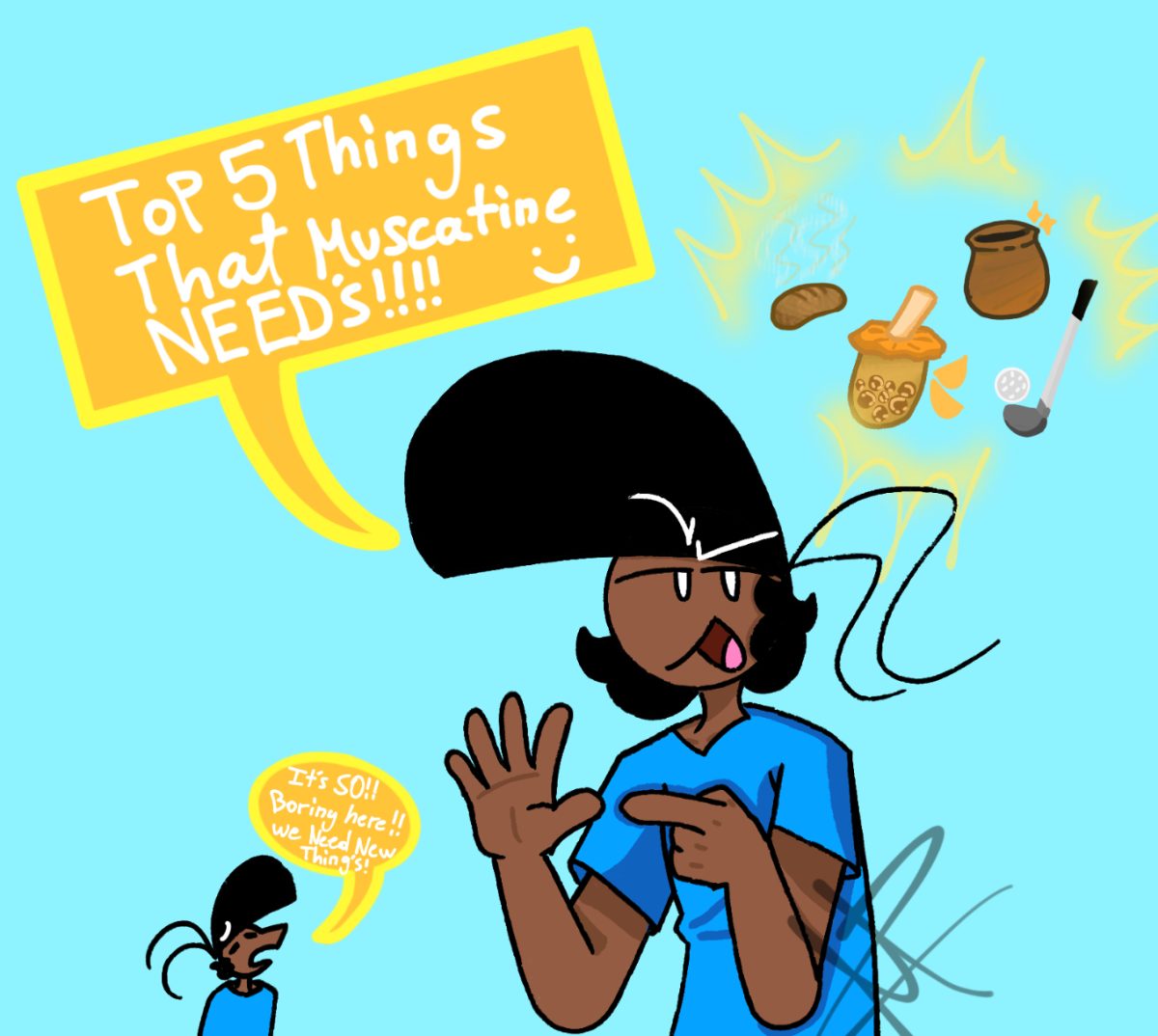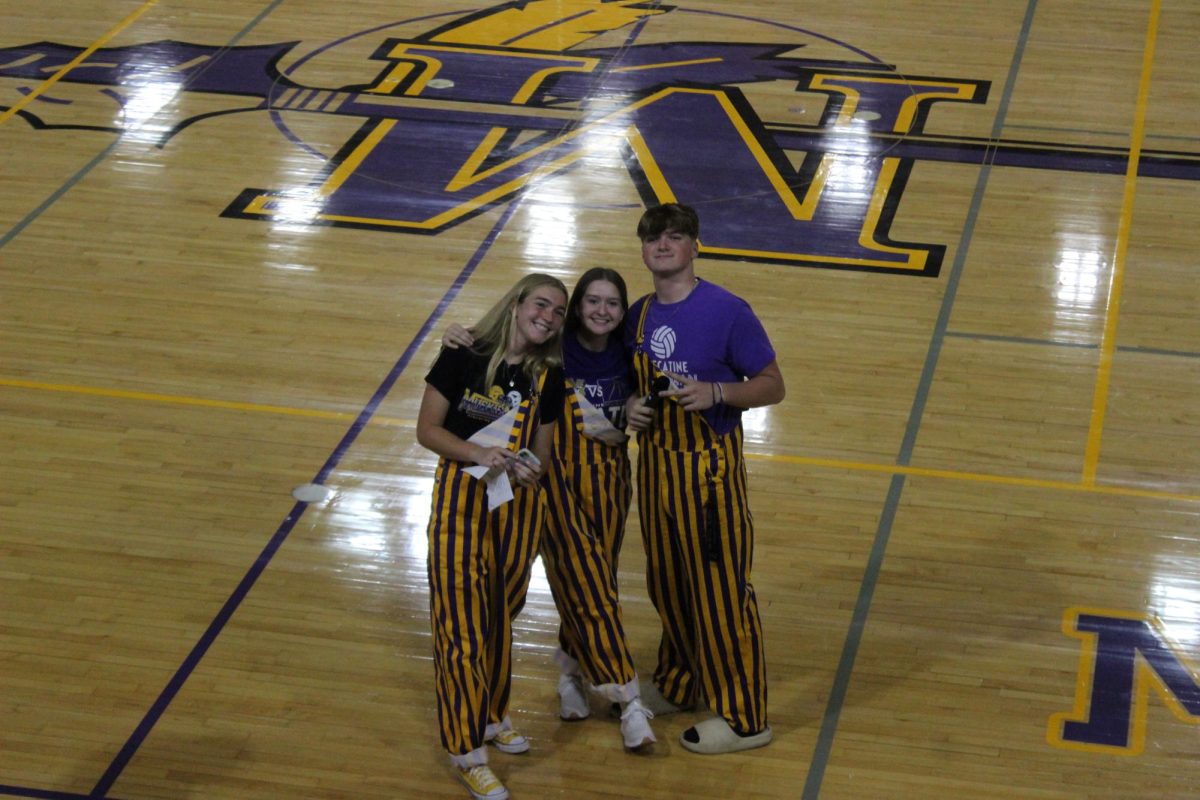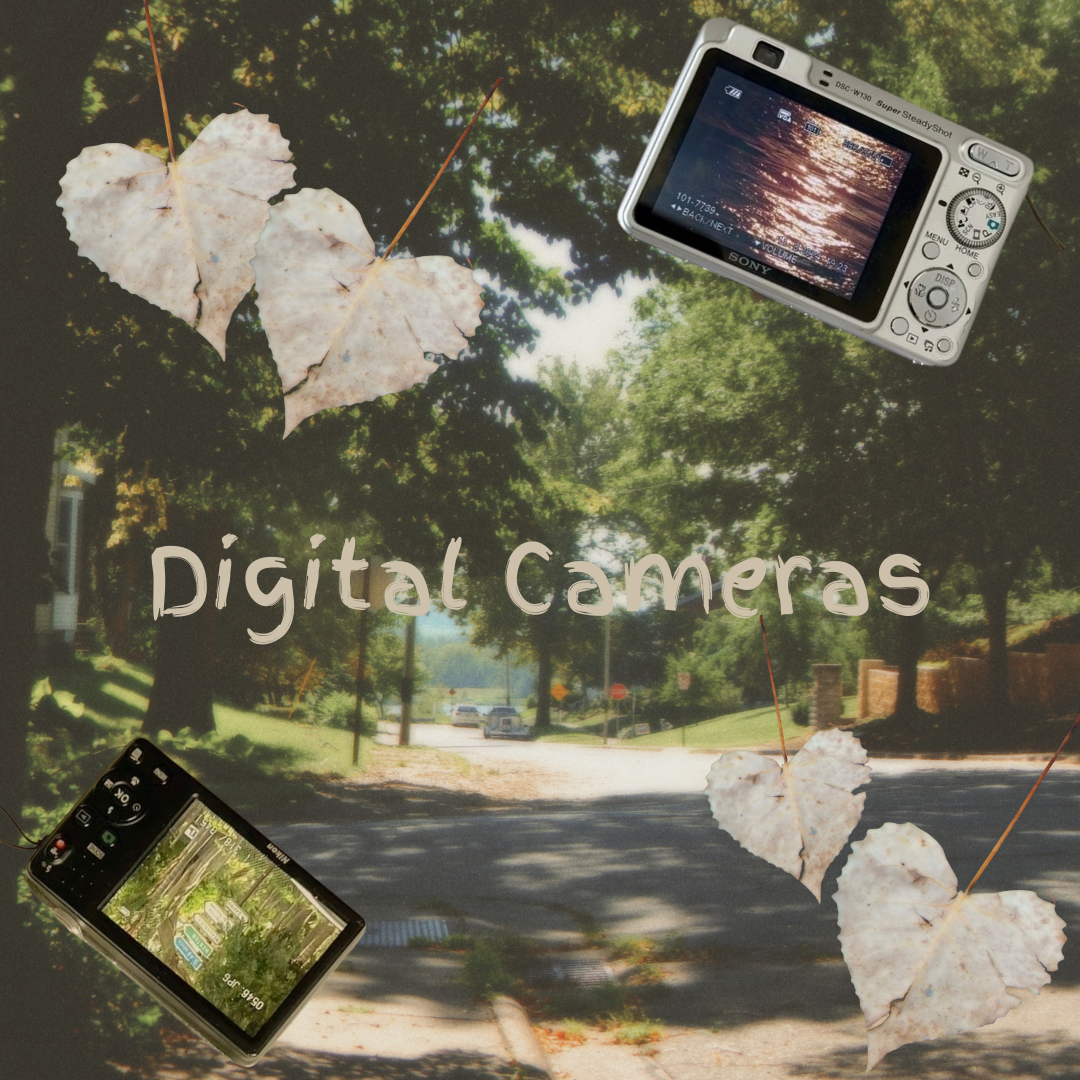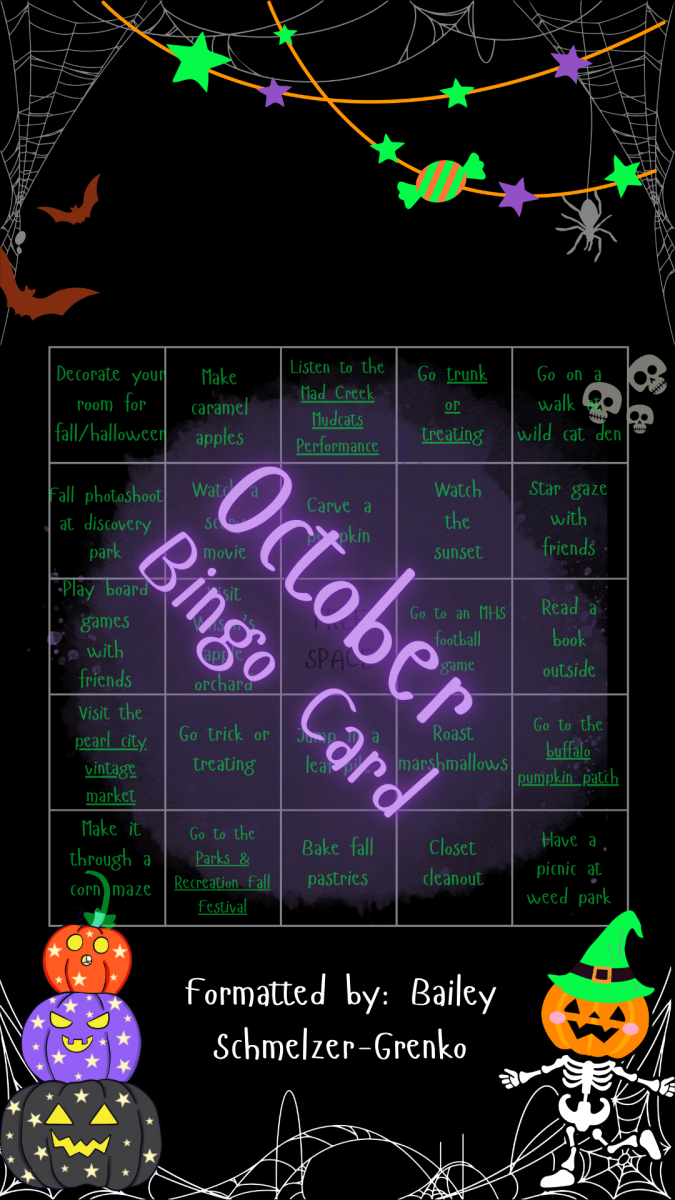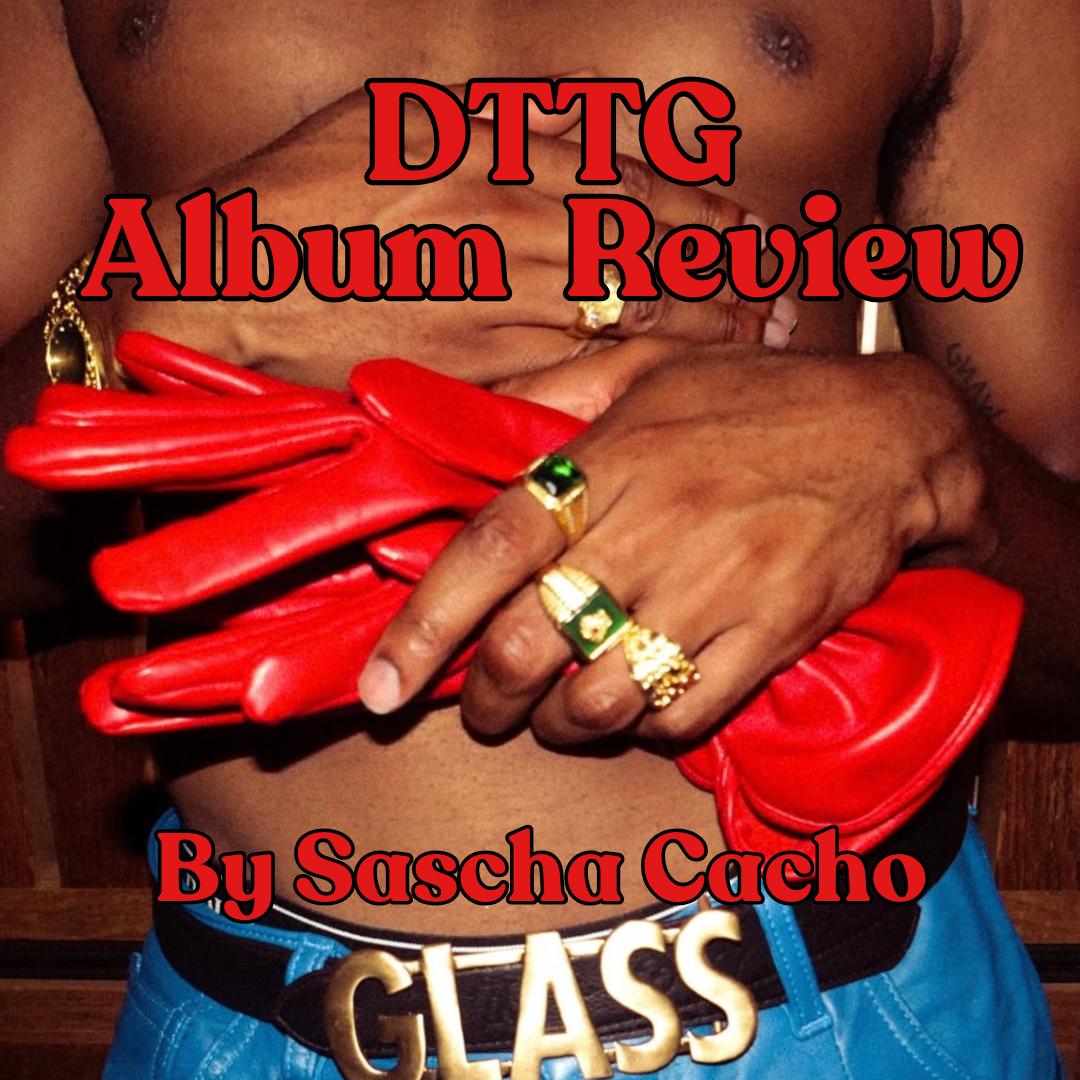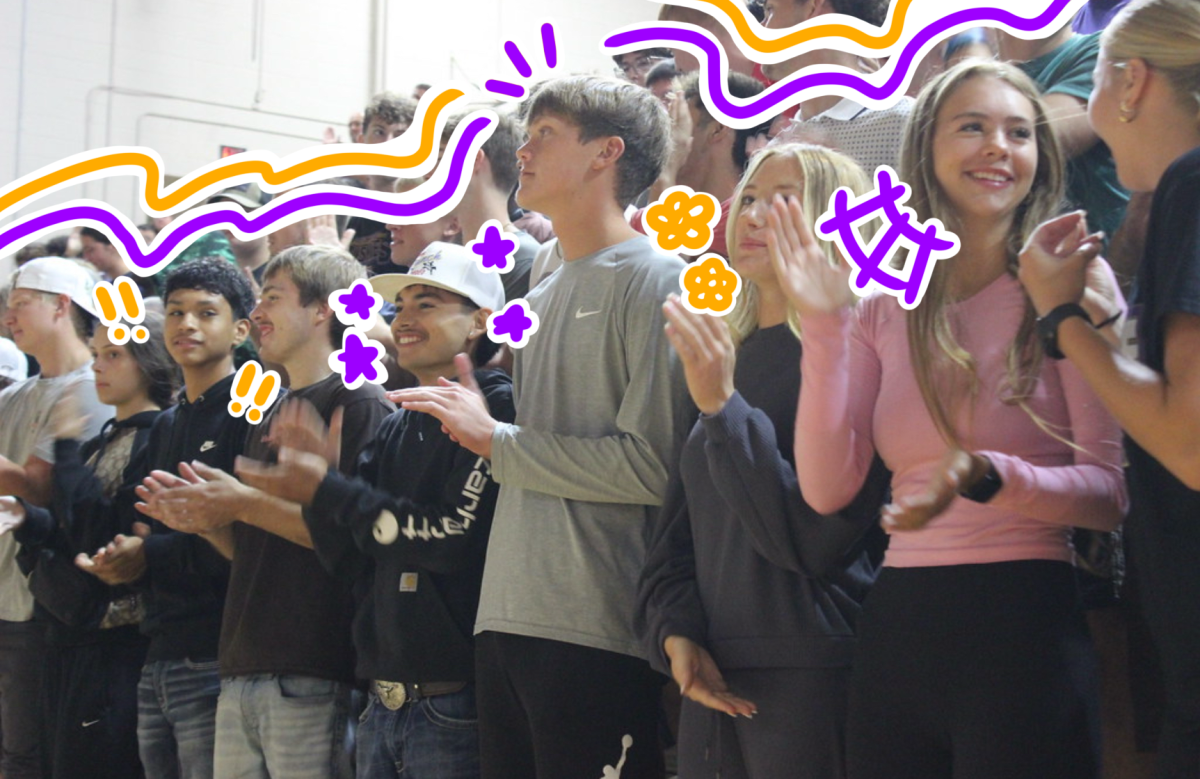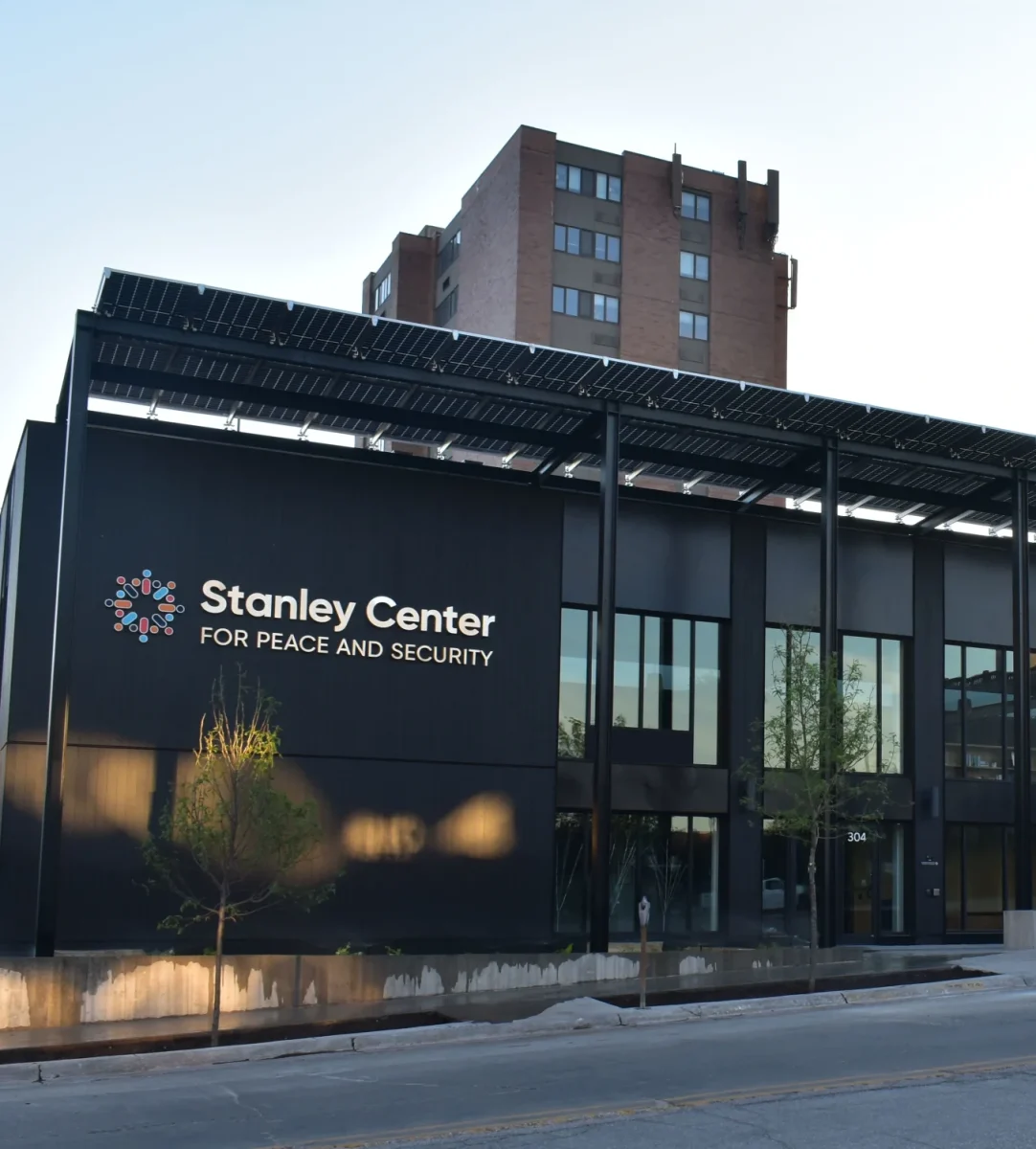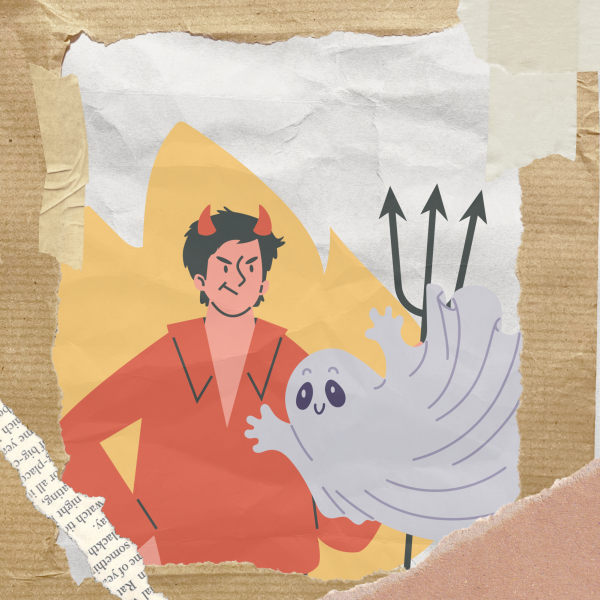
While the Halloween you all know today is all about costumes and candy, this holiday actually stretches as far back as pre-Christian times. In these days, Halloween was called Samhain, and celebrated widely across Ireland, where the largest population of Celts was located.
Samhain’s purpose was not to parade down streets and collect sweets, but to celebrate the harvest season and to invite the spirits of families’ ancestors to join the living for a day of reunion. Children often played games to entertain the ghosts of their loved ones, and families sacrificed parts of their meals to appease their ancestors.
This time also doubled as a day meant for warding off evil or unwanted spirits. The costumes you see today were once, about 2,000 years ago, used for this very purpose. People would dress similarly to the spirits so as to avoid harm, or even to scare them off. In later years, the folktale of “Stingy Jack” would prompt Celts to carve designs into turnips, including ghoulish faces. This was after the fashion of Jack’s iconic turnip lantern to, like the costumes, scare away unwanted guests. Over time, “Stingy Jack” would become known as “Jack of the Lantern”, and then, as heard most recently, “Jack O’Lantern”.
This practice and evolution of names marked the foundation of the jack-o-lantern practice, where many set out carved pumpkins with a candle or a tea light inside them to make them glow. However, the use of pumpkins was only brought about when Irish and English immigrants came to America, where pumpkins are native to. Up until the colonization of the Americas, turnips in Ireland and large beets in England were more common. Nowadays, pumpkins reign supreme as the top choice for a jack-o-lantern canvas.
Even though it’s now a fun-and-games activity (one that can yield tasty snacks) you might want to thank this practice for a smooth Halloween.
Despite these traditions often being meant to bring people together, it hasn’t always been that way. In the late 1800s, pranks became a staple of Halloween for many children. Beginning in rural America, farmers might wake on the morning after Halloween to find that their livestock had escaped and their vegetables had been uprooted. One abstinent minister even found his porch decorated with beer.
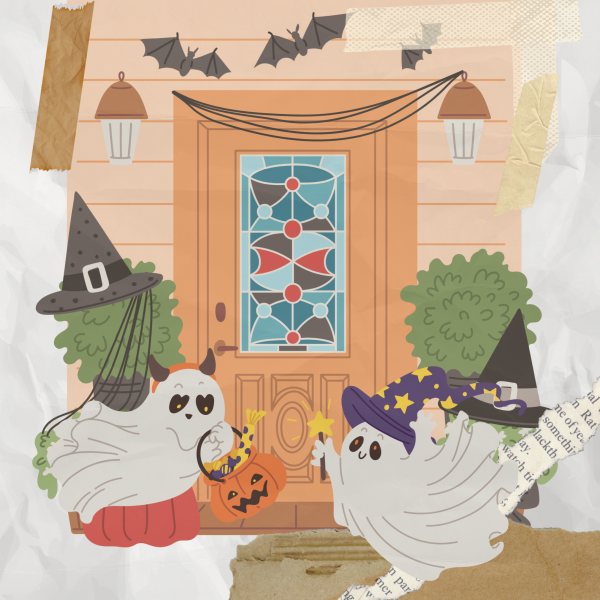
As time went on, the sprawling growth of cities and the introduction of automobiles meant that harmless pranks quickly grew dangerous, in accordance with most rough-and-tumble urban youth. From tripping pedestrians to tampering with streetcars, Halloween pranks became risky for both the victims and the pranksters. The intensified nature of this unruly behavior meant communities began to strike back, with one 1907 incident of a pedestrian shooting a prankster, and a literal death-by-fright of a victim that same year. By the time the Great Depression rolled around in the 1930s, many cities had considered banning Halloween. However, a new solution arose: distractions of a sort, things to keep the kids occupied and engage in safer Halloween festivities.
House-to-house parties marked the origin of the trick-or-treating tradition, with many giving out costumes and candy to youths, as well as providing homemade haunted houses for them to explore. This effectively tamed the beast of bad behavior that had possessed American Halloweens for decades, and, despite lingering fears of tampered candy and razor blades in apples, it settled into the friendly community celebration we all know and love by the 1950s.
Neighborhood trick-or-treating isn’t the only form of celebration, though! In the 1990s, trunk-or-treating, encouraged by churches as a safer alternative, became another modern staple of Halloween. Originally advertised in the South as an event for children up to sixth grade, trunk-or-treating has since expanded across the nation as a fun event for all ages.
Throughout thousands of years, Halloween has undergone many transformations, from ritual feasts to trick-or-treating for candy. But there is always one thing that remains: the holiday’s ability to unify communities, and maintain a safe environment where there is plenty of fun to be had. Whether you’re dressing up or staying in for the night, there are tons of different ways to celebrate, and as long as you’re not acting like a devil, there is no wrong way to spend your Halloween.

